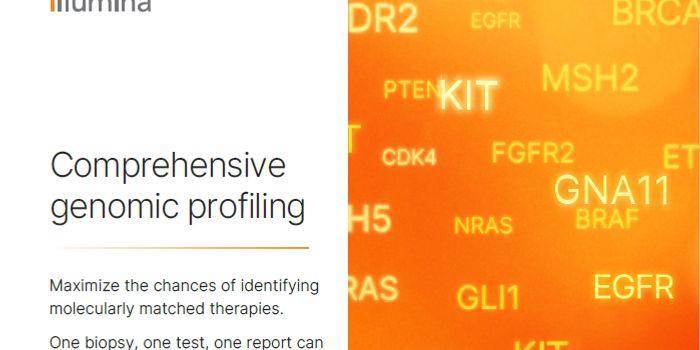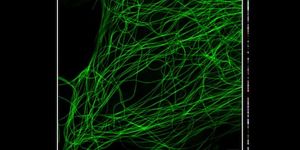How Technology can Help Feed the World
As the world’s population grows, plant scientists know that the race is on to develop technologies that will help feed everyone. Mike Gore, Ph.D. is one of those scientists; he is learning more about how genetic factors influence food crops like oats and corn. While farmers have been working to breed better plants for thousands of years, new tools like robots, artificial intelligence, and unmanned aerial vehicles (UAVs) are revolutionizing plant breeding and speeding the process up dramatically. Learn more about this research from the video.
“One role that we plant breeders can play is to learn how to integrate these cutting-edge technologies into research programs so that we can more efficiently and effectively select for the high-yielding, or highly nutritious cultivar [a plant generated using selective breeding] that can help feed the world’s population,” he said.
It’s thought that Earth’s population will go from 7.6 to ten billion people by 2050, and plant scientists, noted Gore, recognize the urgency. “I think all plant scientists do,” Gore said. “We all share that passion, but we definitely hear that clock ticking. Let’s hope it’s not a time bomb.”
Gore’s team performs rapid phenotyping to quickly assess the molecular and physical properties of plants, repeatedly, without harming it. Because the researchers don’t have to wait until it’s time to harvest the plant, it can cut down the amount of time it takes to create a better crop. “With these new technologies, we’re able to do phenotyping every day, every week, every month, to know how the plant is responding to the environment over whole growing seasons,” Gore said.
Four-wheeled robots, like the one in the video, and UAVs outfitted with cameras help the researchers assess corn varieties about 24 miles north of their New York campus, at the Musgrave Research Farm. The team is investigating 800 hybrids planted in mini-plots this past summer, to look for the varieties that grow best in the region.
With the lab of Ed Buckler, an adjunct professor of plant breeding and genetics, Gore is engineering AI to apply to the vehicles that will be able to count plants, measure their height and look for signs of disease.
“It’s like knowing a baseball player’s batting average in July, as opposed to just at the end of the season. We’re trying to identify the key plant developmental stage that you can do the phenotyping on so that it could be predictive of yield at the end of the season. If you had that capability, then you’d know what plants to cross-breed before the pollen’s even been shed,” he explained.
With this technology, Gore hopes to streamline the development of better plants, “from six to eight years to maybe four or five.” His hope is that a robot will aid in rapid phenotyping, as well as be able to detect disease sooner and dispense a treatment immediately.
“If we can train the robots, perhaps someday the robots will be training us to do very precise plant breeding,” he said. “We have more than 800 highly diverse hybrids in this field [at Musgrave]. Which one is the best for growing here, and why? Those are the questions we’re trying to answer.
“We’re trying to closely model the biological reality of a plant. I would argue that, over time, robots can probably do it even better than human beings. That’s what we’re kind of on the cusp of right now. All of these tools are going to be important for food and nutrition security,” he continued.
“How do we figure out how to use these technologies for crops such as cassava, rice, maize, wheat that all of these developing nations are relying on for nourishment? How do we turn the engine of evolution faster in plant breeding?” he asked. “We have to totally change the paradigm that we’ve been in for the past 10,000 years.”
Source: UN, Cornell University








